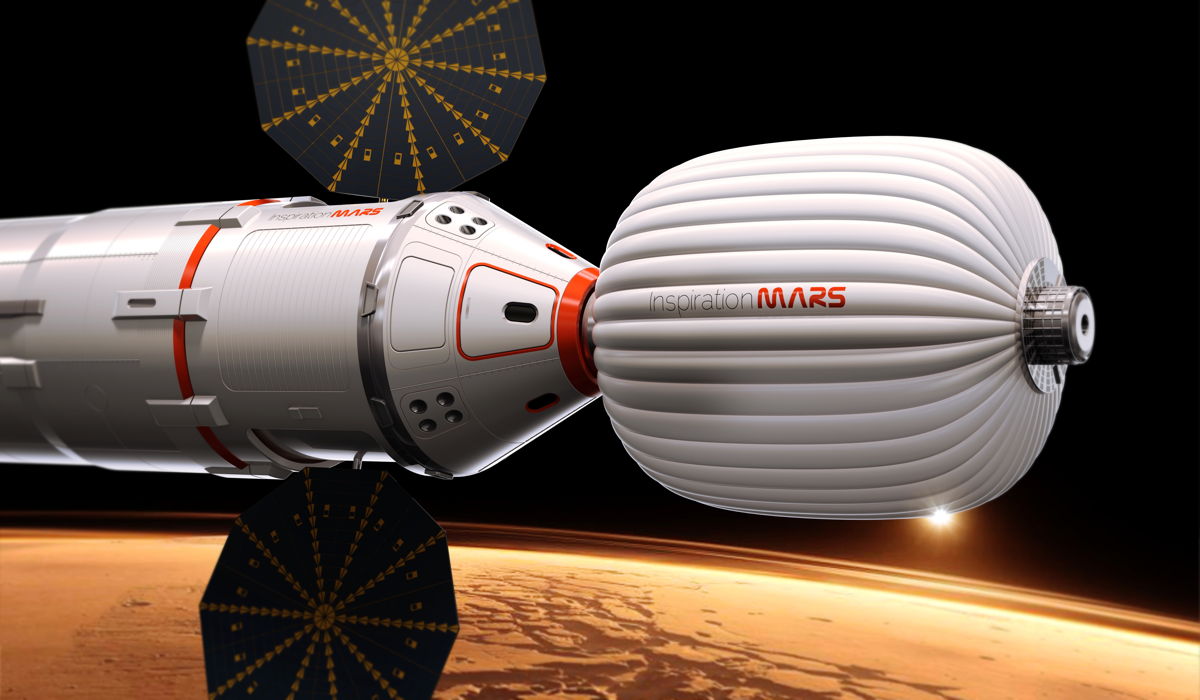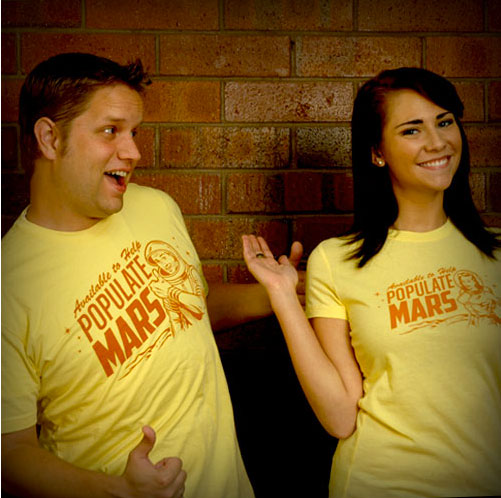Private Mars Flyby Mission Ponders NASA & Commercial Rockets

The organizers of a private plan to send two people on a round-trip flyby of Mars in 2018 are choosing between a variety of commercial rockets and a NASA booster for the mission.
The nonprofit Inspiration Mars foundation was founded by entrepreneur and space tourist Dennis Tito, who flew to the International Space Station in 2001 aboard a Russian Soyuz spacecraft. Tito said the flyby mission is aimed at inspiring the public about space exploration and accelerating humanity's quest to visit Mars by taking advantage of a rare launch opportunity that allows for a relatively brief 501-day round trip.
"The way we're going, we'll never get started," Tito said of the government's approach to manned missions to Mars Wednesday (May 8) at the Humans 2 Mars Summit in Washington, D.C. "It's time for us to take the first step." [Private Mission to Mars Explained (Infographic)]
At the summit, Tito and his Inspiration Mars colleagues laid out some of the details of their plan, which will send a married male-female couple within about 93 miles (150 kilometers) of the Martian surface. The team hasn't yet chosen a launch vehicle for the mission, but said there are three main options.
The first option is to use the Falcon 9 Heavy rocket being designed by commercial firm SpaceX. The booster is still in development, but it should be able to launch about 10 metric tons of mass into low-Earth orbit, which is enough to send the Mars-bound capsule and crew in one go. The vehicle is due for its first test launch next year. "Then we'll find out if that is an option," said John Carrico, vice president of space systems for Applied Defense Solutions, a contractor for Inspiration Mars.
Finally, Carrico said Inspiration Mars team members have been in touch with NASA about its Space Launch System (SLS) rocket, which is being developed to send astronauts to an asteroid and Mars in the next decades.
"The nice thing about the SLS is this mission closes with a single launch," Carrico said. The rocket should be able to launch more mass than Inspiration Mars requires, potentially offering extra energy that could be used to add more mass to the life support system or other equipment onboard the spacecraft, or to slow down the rather speedy planned Earth re-entry.
Get the Space.com Newsletter
Breaking space news, the latest updates on rocket launches, skywatching events and more!

Inspiration Mars calculates its crew will plummet back to Earth at 14.2 kilometers per second, which is quicker, and therefore hotter, than the Apollo crews' re-entries coming home from the moon. With the extra launch ability from SLS, this speed could be slowed to 14.0 or 13.9 km/s, Carrico estimated.
However, SLS is not scheduled to make its first test launch until 2017.
Despite the challenges and uncertainties, the mission has sparked the interest of many. Apollo moonwalker Buzz Aldrin praised the plan Wednesday at the Humans 2 Mars Summit, saying, "I think this should be supported to the maximum degree possible."
Indeed, interest has been stronger from around the world than the Inspiration Mars team anticipated.
"It's been interesting to see the international response we've gotten," said Taber MacCallum, co-founder of Paragon Space Solutions, which has been hired by Inspiration Mars to develop its life-support system. "When we proposed this mission, we called this a mission for America. We're really being almost forced to rethink this as a mission for Earth with American leadership."
Follow Clara Moskowitz on Twitter and Google+. Follow us @Spacedotcom, Facebook and Google+. Original article on SPACE.com.
Join our Space Forums to keep talking space on the latest missions, night sky and more! And if you have a news tip, correction or comment, let us know at: community@space.com.

Clara Moskowitz is a science and space writer who joined the Space.com team in 2008 and served as Assistant Managing Editor from 2011 to 2013. Clara has a bachelor's degree in astronomy and physics from Wesleyan University, and a graduate certificate in science writing from the University of California, Santa Cruz. She covers everything from astronomy to human spaceflight and once aced a NASTAR suborbital spaceflight training program for space missions. Clara is currently Associate Editor of Scientific American. To see her latest project is, follow Clara on Twitter.









